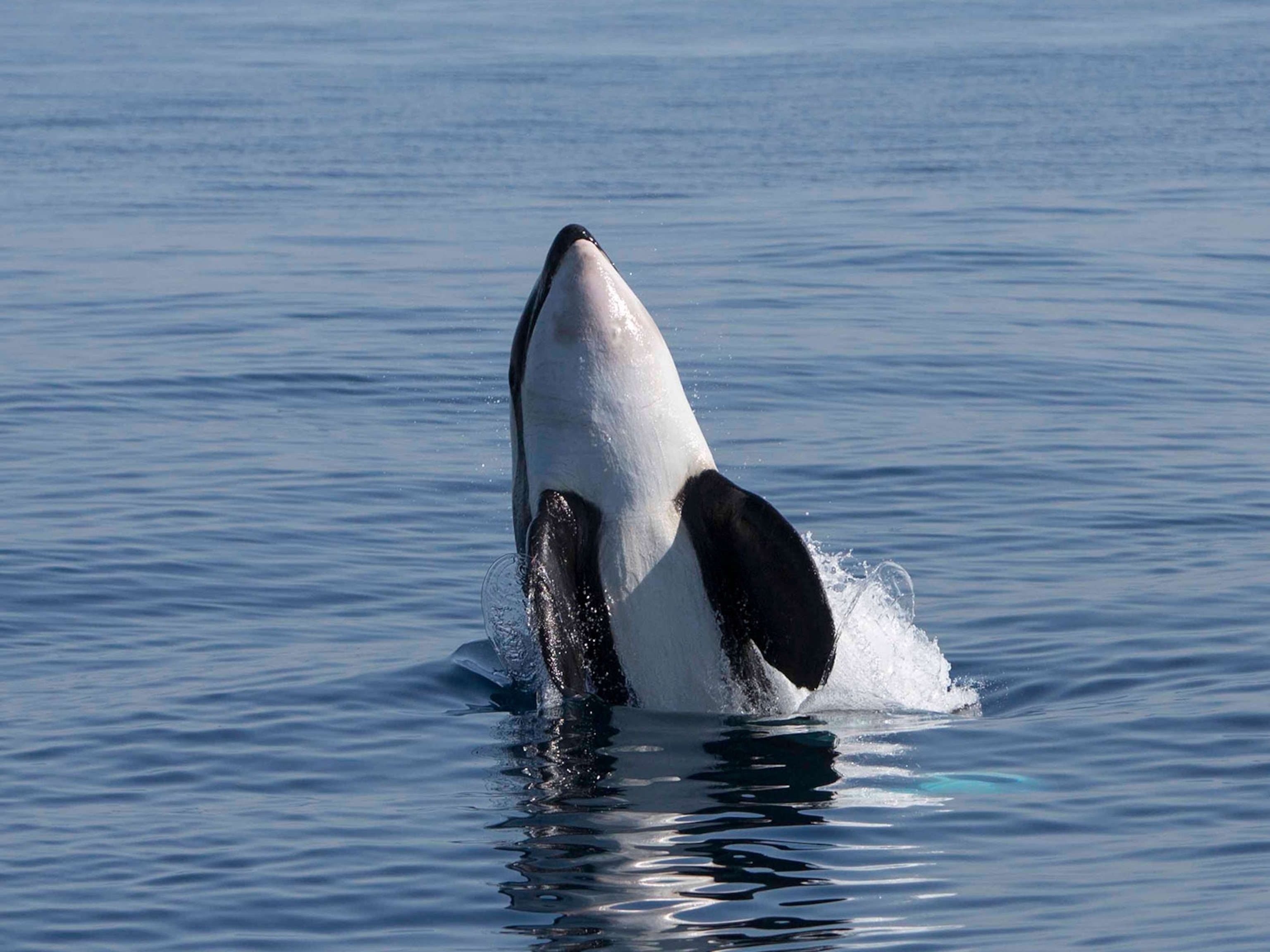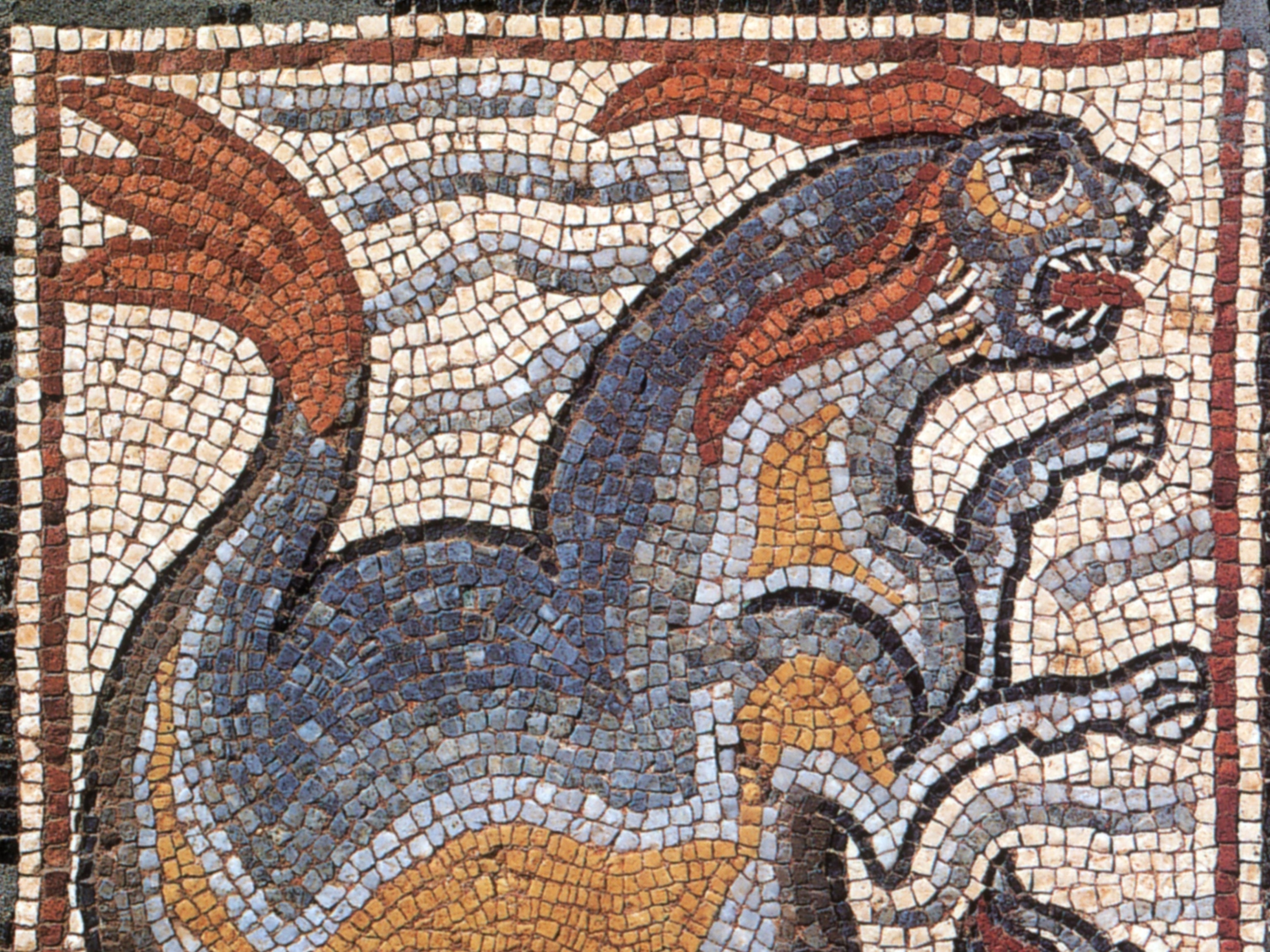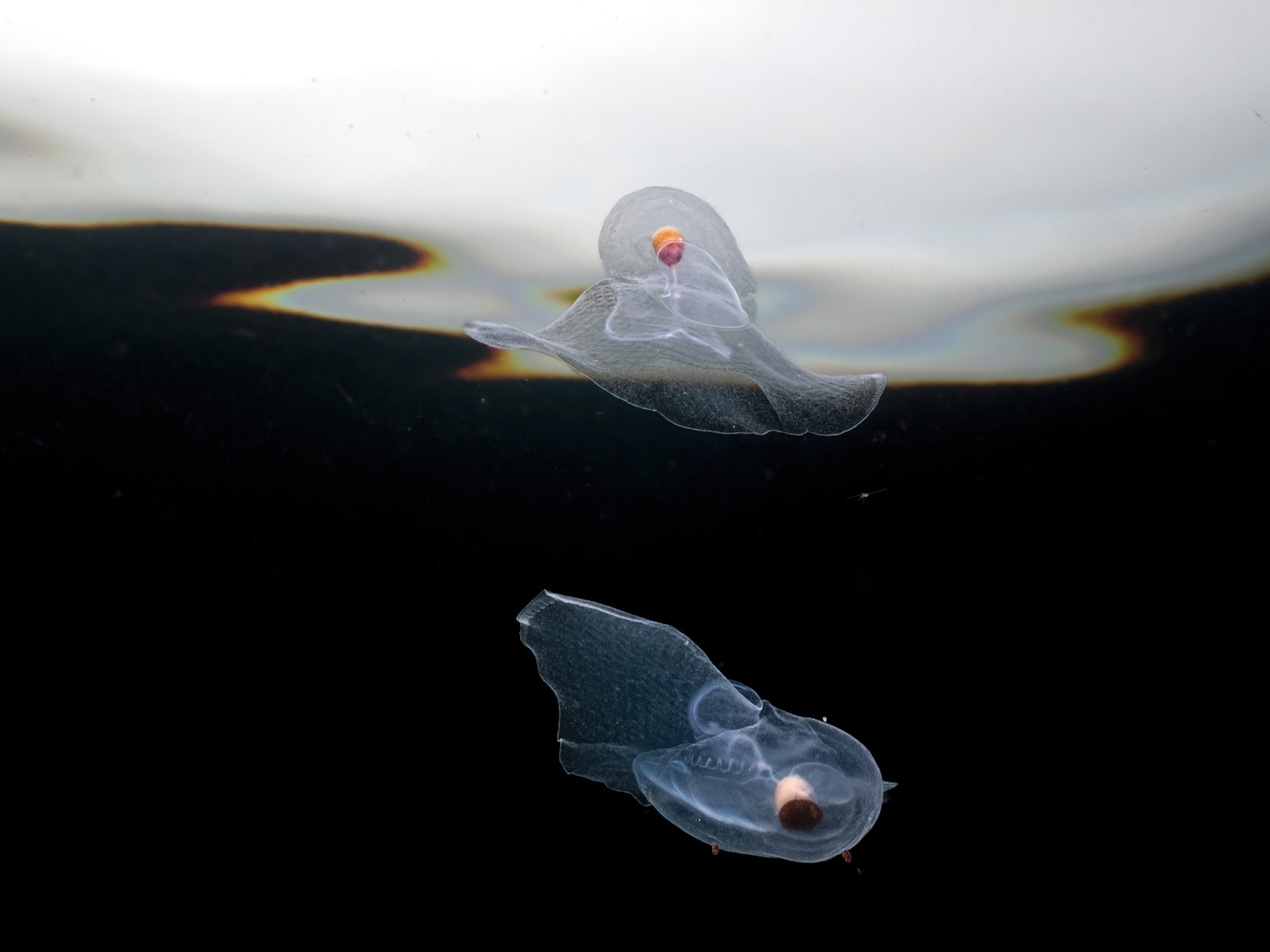
Meet the Chocolate Chip Starfish and Its Unusual Relatives
Super gooey slime stars and a predatory “monster” starfish from Antarctica are among nature’s most fascinating invertebrates.
Just after the holidays I was shocked to see a cookie sitting at the bottom of a pet store aquarium.
This Twilight Zone moment was brought to me by the chocolate chip starfish, a common name applied to multiple species of the family Oreasteridae, says Chris Mah, a marine invertebrate zoologist at the Smithsonian National Museum of Natural History in Washington, D.C. (See more amazing starfish pictures.)
Mah has described about two dozen new species of these much beloved but little-understood animals, which he says, tend not to do well in captivity because they can’t eat the same way they would in the wild.
I took the author’s prerogative to ask him Saturday’s Weird Animal Question of the Week: “What are some of your favorite starfish, and why does one look like a cookie?”
Colorful Creatures
The Eastern Pacific’s Nidorellia armata is often called a chocolate chip starfish, but the one I saw turned out to be Protoreaster nodosus, an Indo-Pacific species that sports many color variations, from tan to deep orange. It also has an Indian Ocean relative, Protoreaster lincki, that’s strikingly red and white.
“All the starfish in that group are heavily armored,” Mah says, with those “chips” being spines likely meant to deter hungry predators (the exact opposite purpose of real chocolate chips).
Why starfish have such vibrant colors is still unknown, Mah adds.
Interestingly, baby Oreaster reticulatus, the only Eastern Atlantic member of the family Oreasteridae, are more blandly colored than adults—perhaps allowing them to blend into seagrass beds, according to Bob Scheibling of Dalhousie University in Nova Scotia.
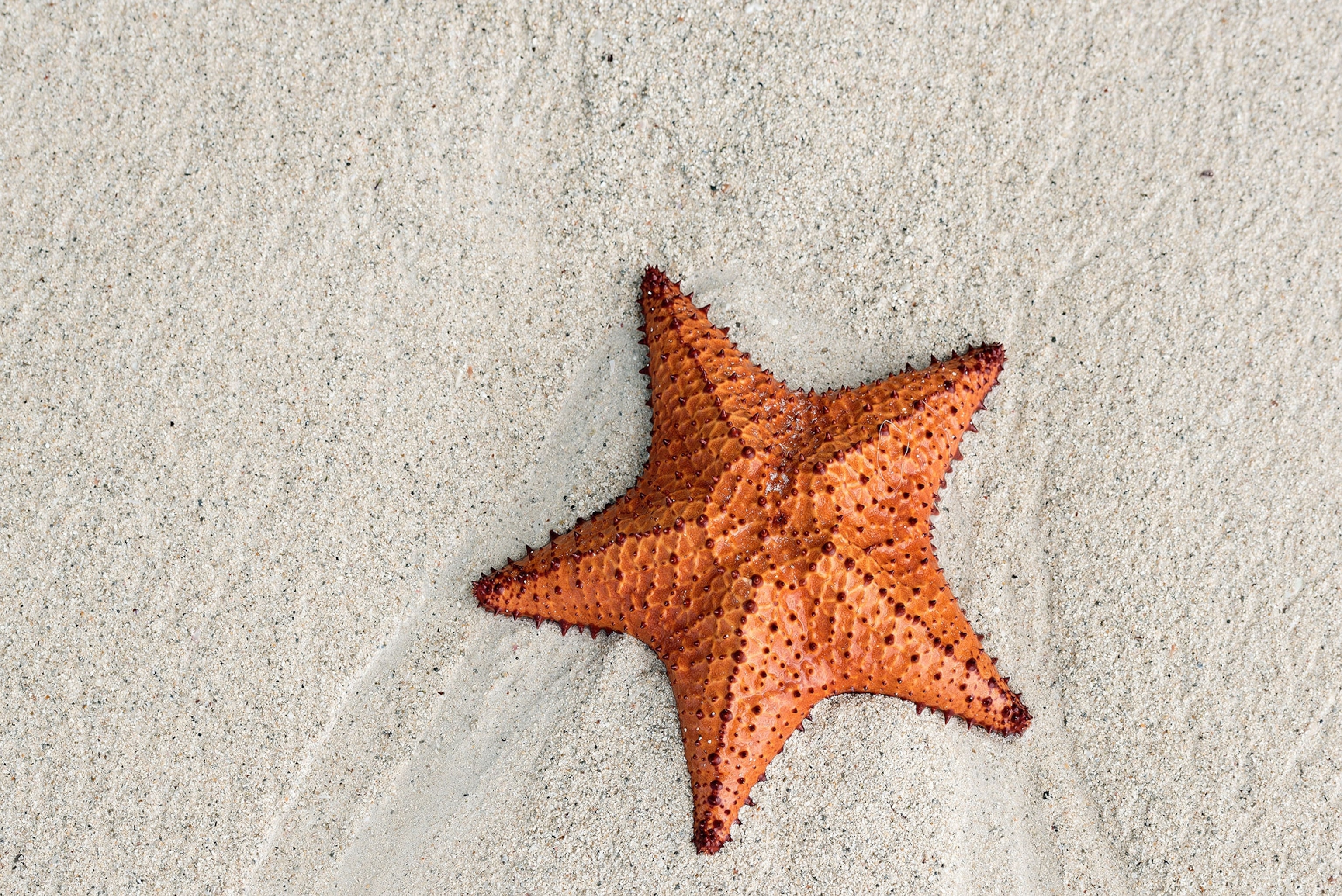
Adults, on the other hand, live in open areas and are a more curiously distinctive bright orange. (See “Starfish are Still Dying But Here’s Reason For Hope.”)
Mah has written about some other cookie-like starfish from the family Goniasteridae on his Echinoblog, but he has a soft spot for Calliaster regenerator and its “screwdriver-like spines.”
He also likes Akelbaster novacaledoniae, a compact little pentagon with an underside that looks like a skinny starfish.
“The architecture on these things was so vivid that it amazed me they were alive,” he says.
From Cookies to Monsters
Then there are so-called “slime stars,” in the family Pterasteridae, including Pteraster and Hymenaster, which are known for being grossly gooey.
“You can pick one of these animals up and it will emit a huge volume of mucus as a defense,” Mah says.
But the animal has a surprise up its gloppy sleeve: “Pteraster and its relatives have a second body covering, sort of like a circus tent that hides its actual body,” Mah says.
“In some species of Pteraster, baby [starfish] live in this space between the ‘circus tent’ and the surface of the actual body.” (See “Surprise! Scientists Find That Starfish Eyes Actually See, at Least a Little.”)
"Great White Shark of Starfish"
Another of Mah’s favorites is Labidiaster annulatus, an Antarctic starfish that he dubbed “the great white shark of starfish.”
As omnivorous opportunists, starfish have many different ways of eating. Some evert, or push out their stomach through their mouths and suck up microalgae or small animals.
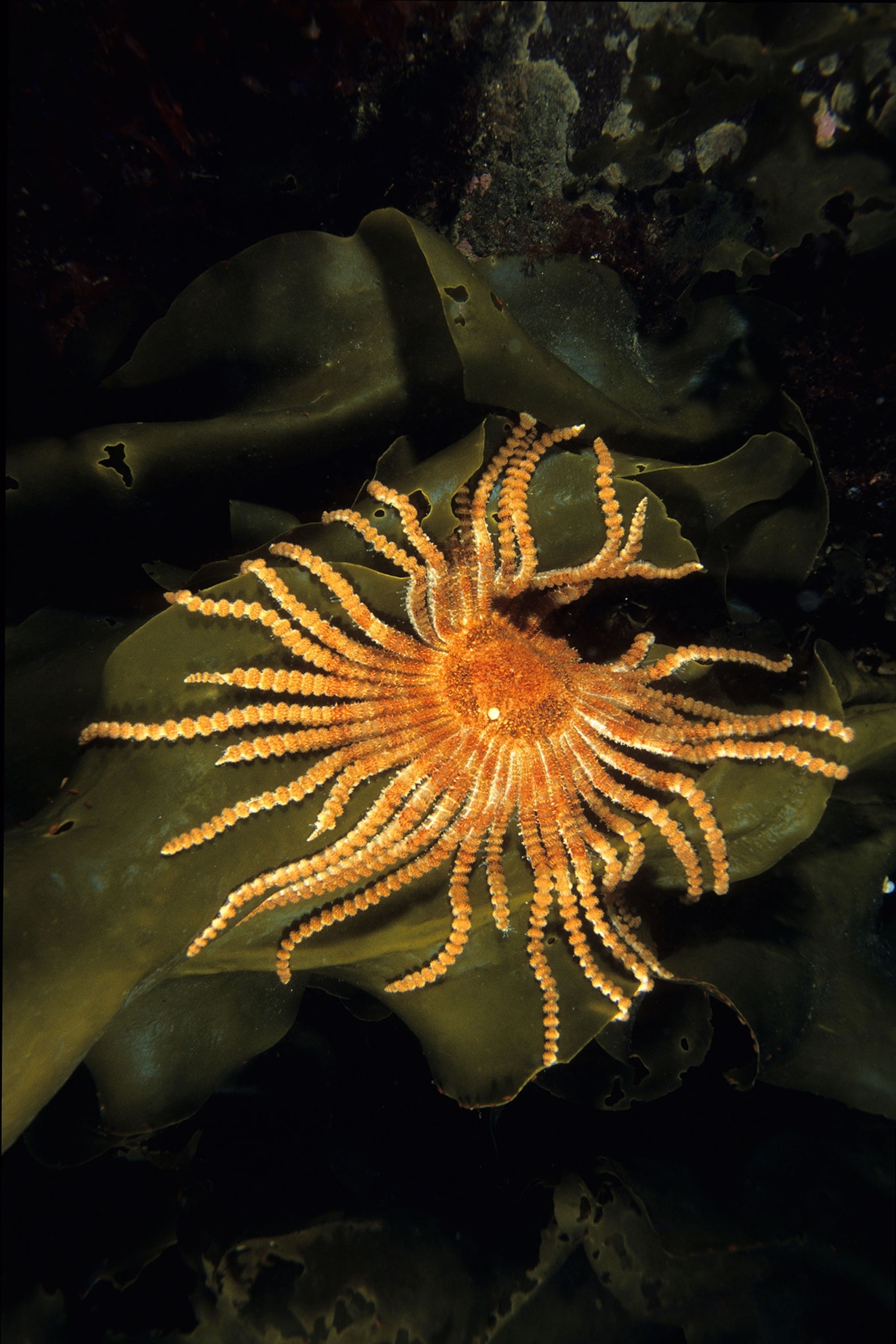
But the Antarctic predator has up to 50 arms covered with structures called pedicellariae, which act like “bear-trap claws” to grab krill or crustaceans.
“Once the prey is grabbed, the starfish’s tube feet carry the food down to the mouth where it’s eaten alive,” Mah says. At 2-feet (0.6-meter) long, relatively big for a starfish, “They’re like a giant monster!”
But being starfish, of course, “they’re more in danger from us than to us.”
The same could be said for cookies.
Weird Animal Question of the Week answers your questions every Saturday. If you have a question about the weird and wild animal world, tweet me, leave me a note or photo in the comments below, or find me on Facebook.


